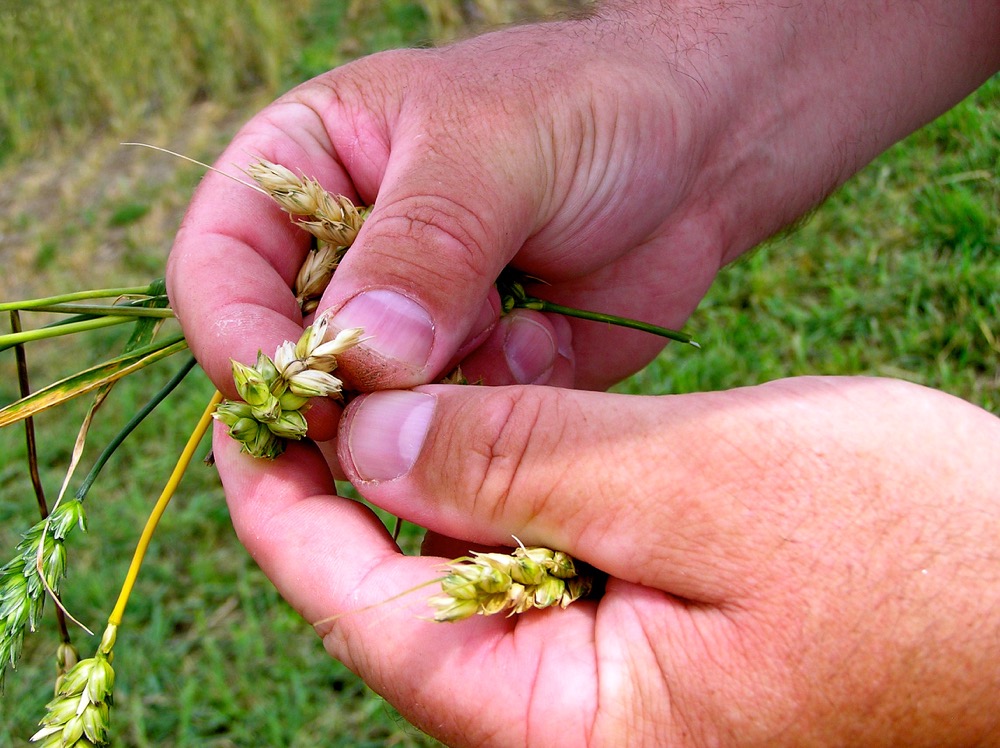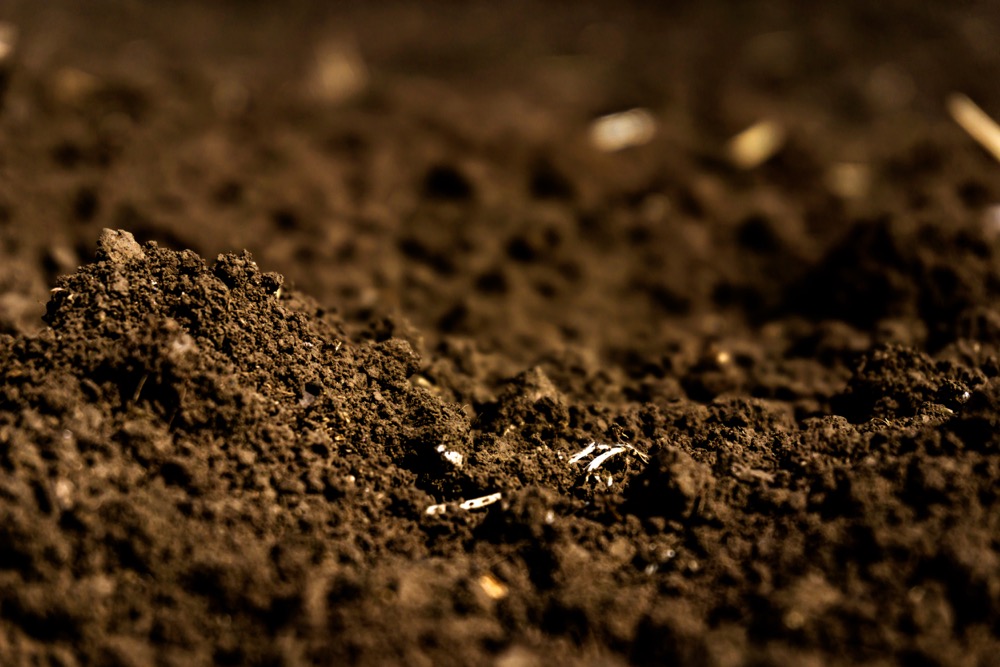While the numbers are still preliminary it appears one word will likely characterize winter loss for Manitoba beekeepers this spring — variability.
“The one thing I can probably say without having any hard numbers, just from preliminary reporting, is that we’re going to have a lot of variability in winter loss this year,” said Rheal Lafreniere, Manitoba’s provincial apiarist. “We have a number of beekeepers that has reported fairly high losses, some losses even up to that 60 to 70 per cent level. But then we also have a lot of people reporting very good wintering success this year as well.”
Read Also

CUSMA access key among other trade noise: Seeds Canada panel
Seeds Canada conference panelists say Canada needs to stay focused and wait as U.S. trade and tariff chaos develops, and a Canada-U.S.-Mexico Agreement review looms
Weather is still the No. 1 factor in overwintering, Lafreniere said, but he added that a harsh, long winter tends to affect all hives to some degree. High levels of variation lead the apiarist to believe another factor is at play in hives that saw major losses during relatively normal winter conditions.
“Some of that higher variability may be related to the management of varroa mite,” he said. “That and the viruses associated with it.”
A recently released study by researchers from the University of Maryland and the U.S. Department of Agriculture suggests that parasites like the varroa mite, as well as fungal nosema, may play a larger role than previously thought when it comes to colony decline, particularly over the winter months.
“Our biggest surprise was the high level of varroa, especially in fall, and in well-managed colonies cared for by beekeepers who have taken steps to control the mites,” said Dennis vanEngelsdorp, an assistant professor of entomology and the study’s co-author. “We knew that varroa was a problem, but it seems to be an even bigger problem than we first thought. Moreover, varroa’s ability to spread viruses presents a more dire situation than we suspected.”
He added that the study has provided crucial field-based links between the varroa mite and the spread of disease for apiarists south of the border, where winter loss was at about 25 per cent this year. Although over the last year in its entirety, U.S. apiarists lost 44 per cent of their honeybees.
Here in Canada, the National Bee Survey is also aiming to examine the correlation between high losses, the varroa mite and other diseases.
“Is the varroa mite a concern here? Absolutely,” said the University of Manitoba’s head of entomology, Rob Currie. “In terms of colony mortality that has been one of the major factors that’s been causing problems with colony losses, I think that in combination with some of the viruses.”
Treating hives for varroa has also become more difficult.
“The first (treatment) we had was a strip that beekeepers could put in their hives and it would kill 99.9 per cent of the mites. It was a fantastic product and it worked with reliability,” said Currie. “But after nine or 10 years resistance came.”
Another product was then developed, but this time it only took a couple of years for the mites to build up resistance. Now work is underway to find a new and effective solution.
Currie said organic acids are also being investigated as a mite-fighting tool, but that so far nothing has come close to the efficacy of the first product.
“So mite levels are much more difficult to manage now, and beekeepers really have to stay on top of them,” he said. “If they do get out of control, those mites can quickly get to the point where they cause fairly devastating losses, so I think for sure varroa mites are a big part of the problem and managing them is becoming more and more challenging.”
Lafreniere notes that even the parricides used to rid colonies of the varroa mite can have a negative impact on hive health if other stressors are present.
“The issue that we see with varroa mites now is when you see the populations of the mites get high, there is all this secondary damage that occurs too, from all sorts of things,” he said. “There seems to be this complex of problems that follows high levels of varroa mite.”
Those problems include the spread of disease, particularly deformed wing virus, and even after the mites are gone, the disease remains.
“These viruses are still having an impact and they have to run their own course, and when that happens in the fall and that virus load is basically hurting the bees over the wintering period, it’s not unexpected that the losses will be higher, so there seems to be this kind of trigger,” he said.
Exactly how many bees were lost over the 2015-16 winter should be known by mid-July.
During the winter of 2013-14, Manitoba hives lost an average of 24 per cent of their bees — a number that falls at the high end of the normal range. In 2012-13 the average winter loss — including spring culls — was calculated at a whopping 46.4 per cent.
Normal winterkill numbers fall between 15 and 25 per cent, Lafreniere added.
“I don’t know where the number is going to land this year, but I feel pretty confident that it’s not going to be 14 per cent just based on the early reporting we’ve had,” he said.



















